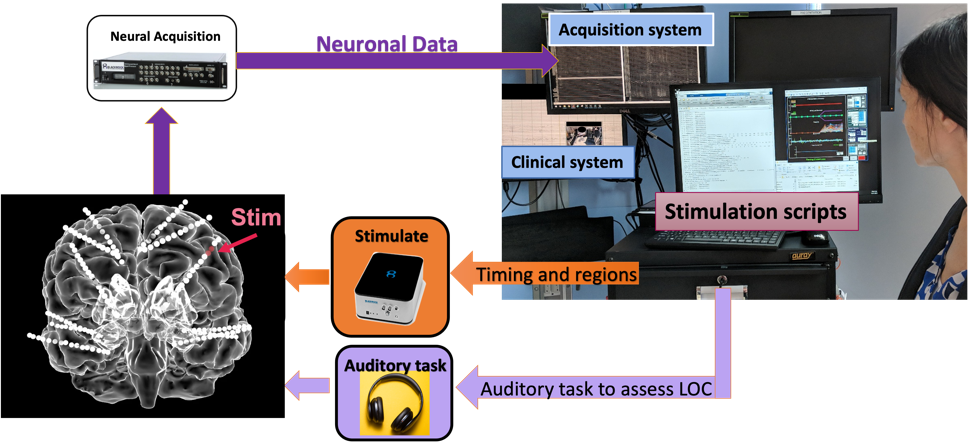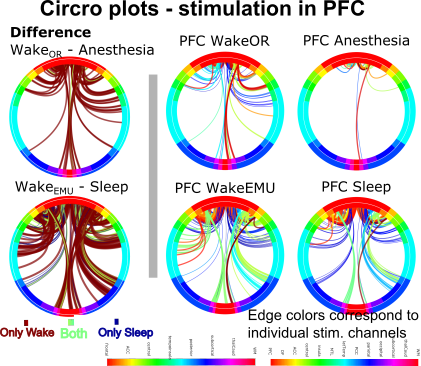EEG Studies of Anesthesia, Sleep and Epilepsy III: Intracranial Studies of NCC During Seizures, Sleep and Anesthesia Using Continuous Measures and Evoked Responses
Overview:
This study aimed to understand the neuronal mechanisms of conciousness awake, asleep, and while under general anesthesia.
Abstract:
Understanding neuronal mechanisms of consciousness is one of the greatest challenges in human neuroscience with profound therapeutic implications. Despite decades of research, there are more controversies than agreements. One of the most powerful ways to study consciousness is to compare the physiology of the conscious awake state with two of the most obvious non-pathological unconscious states: natural sleep and general anesthesia. Dissecting the similarities and differences between these uniquely defined states at the physiological neural network level and the corresponding regional involvement in the human brain is paramount to obtaining network-level understanding of consciousness.

A powerful tool for understanding this complex system is to examine its response to perturbations during each state. Patients with epilepsy may have depth electrodes implanted as part of their clinical care to localize the origin of their epileptic seizures. These patients offer a unique opportunity. This project will use direct brain stimulation while simultaneously recording from inside the human brain.
Our preliminary results suggest a decrease in complex information and reduced effective connectivity during unconscious states. This decrease was more pronounced during anesthesia than during sleep, particularly in prefrontal regions. We also observed increased local variability, which could help explain the regional differences.

Delivering stimulation to multiple brain regions and recording brain activity while the patients are awake, asleep, and under propofol-induced general anesthesia provides a unique opportunity to better understand the conscious versus the unconscious human brain.
Broader Impact:
Understanding how the human brain responds during conscious versus unconscious states is one of the greatest scientific challenges with profound therapeutic implications.